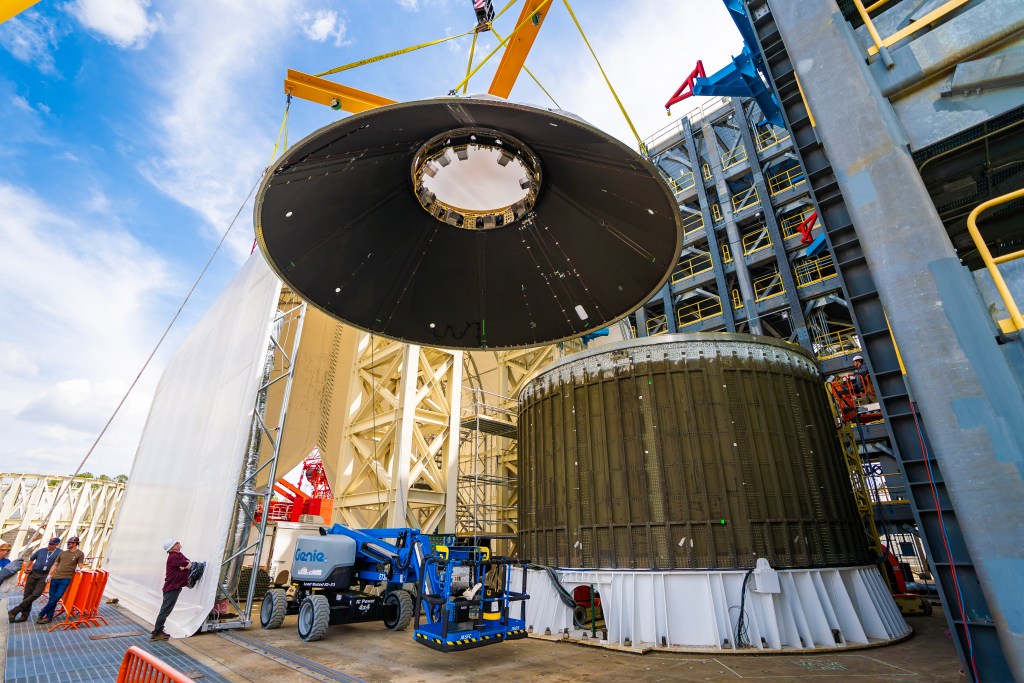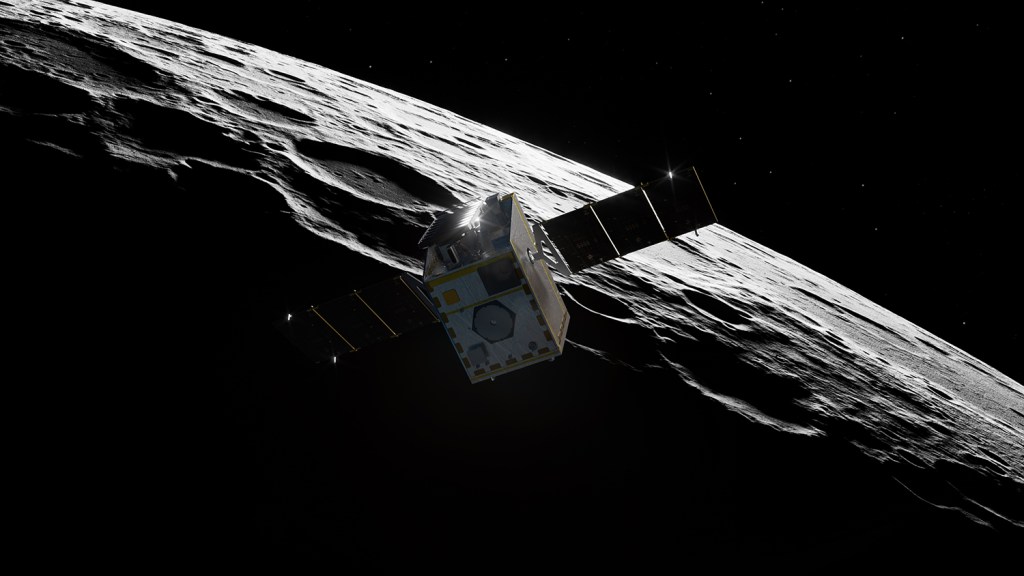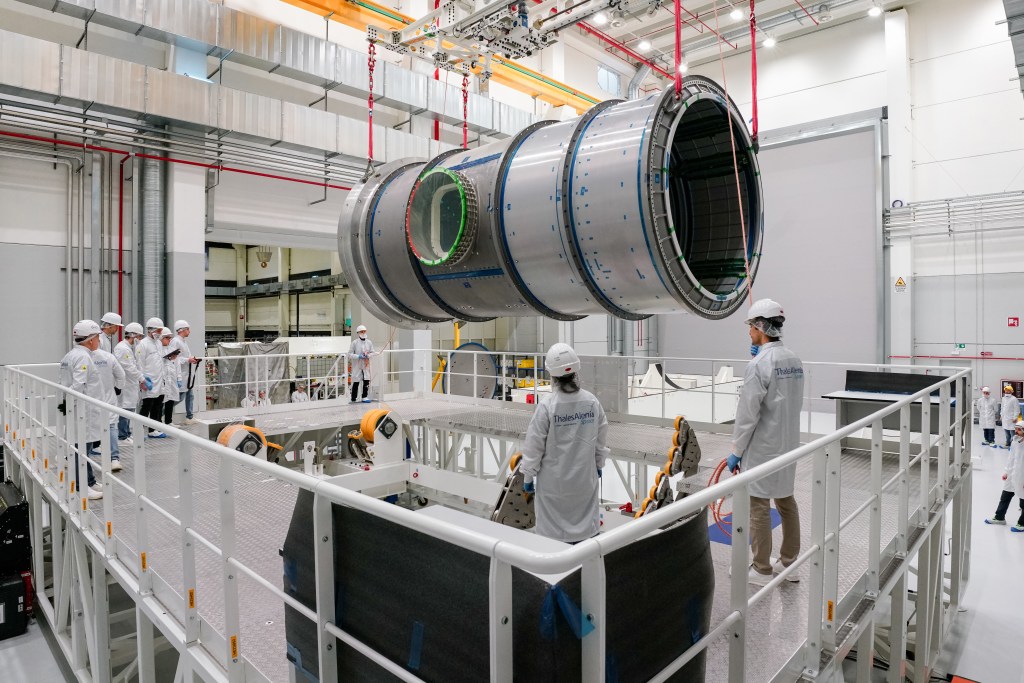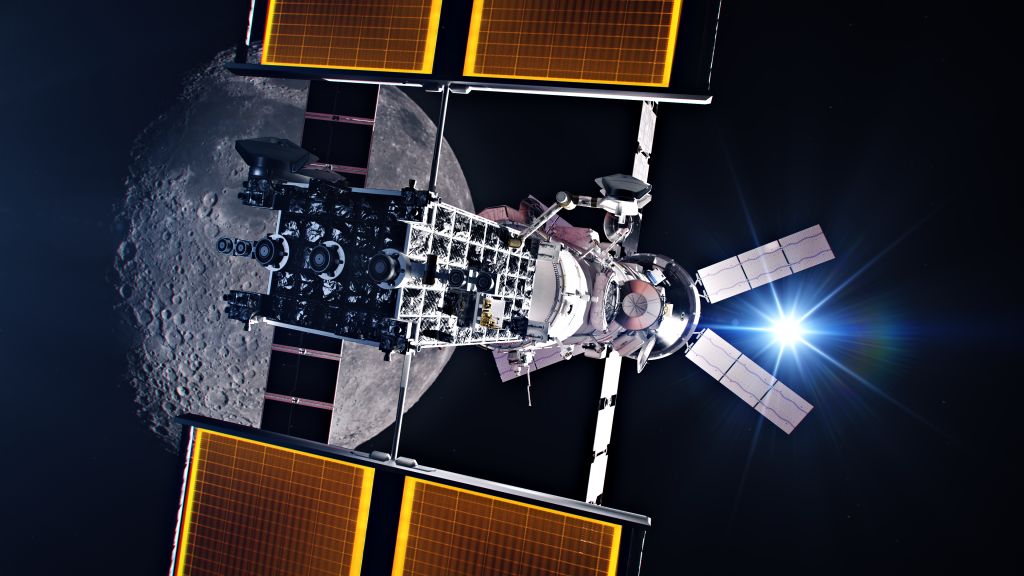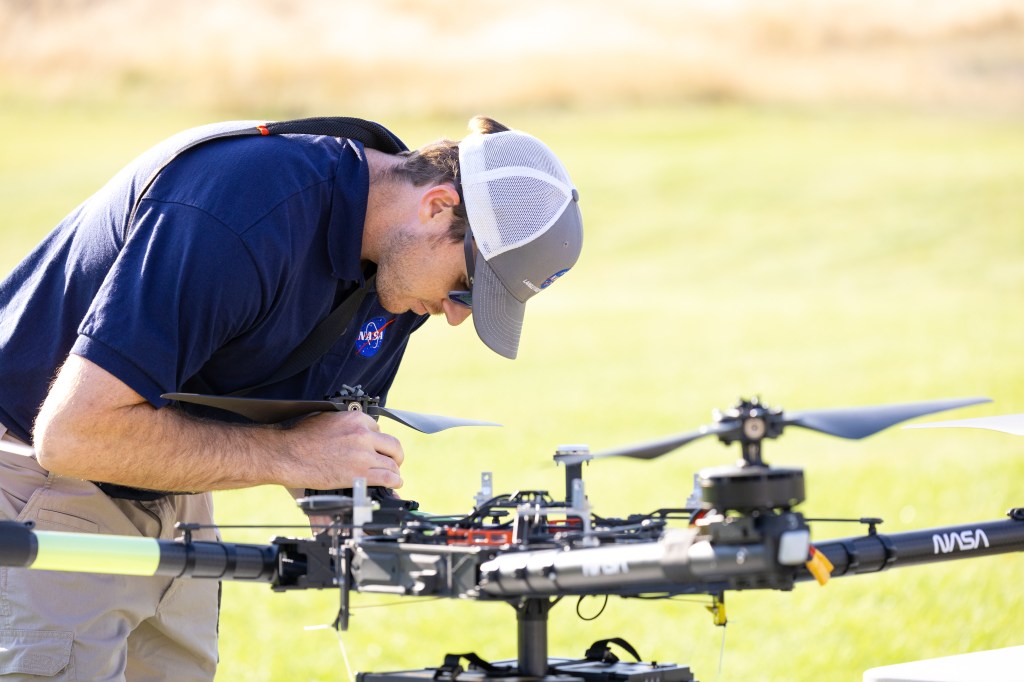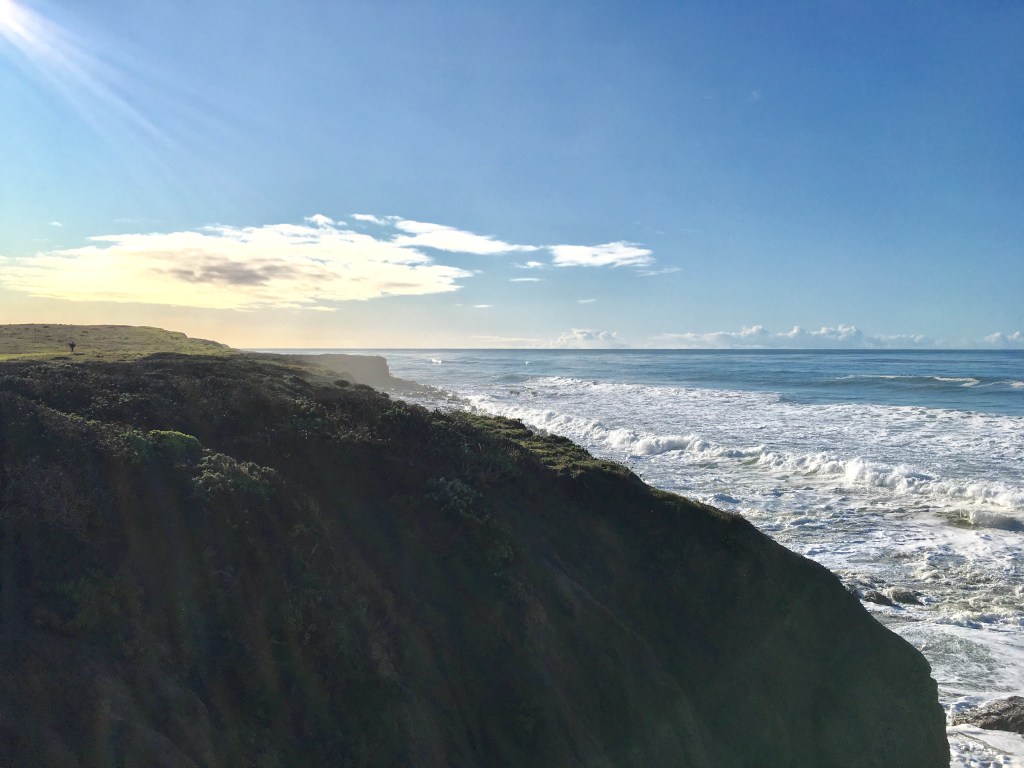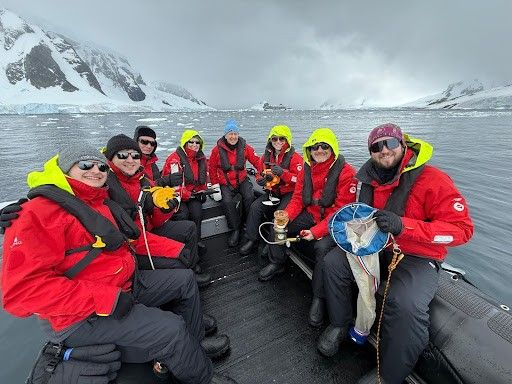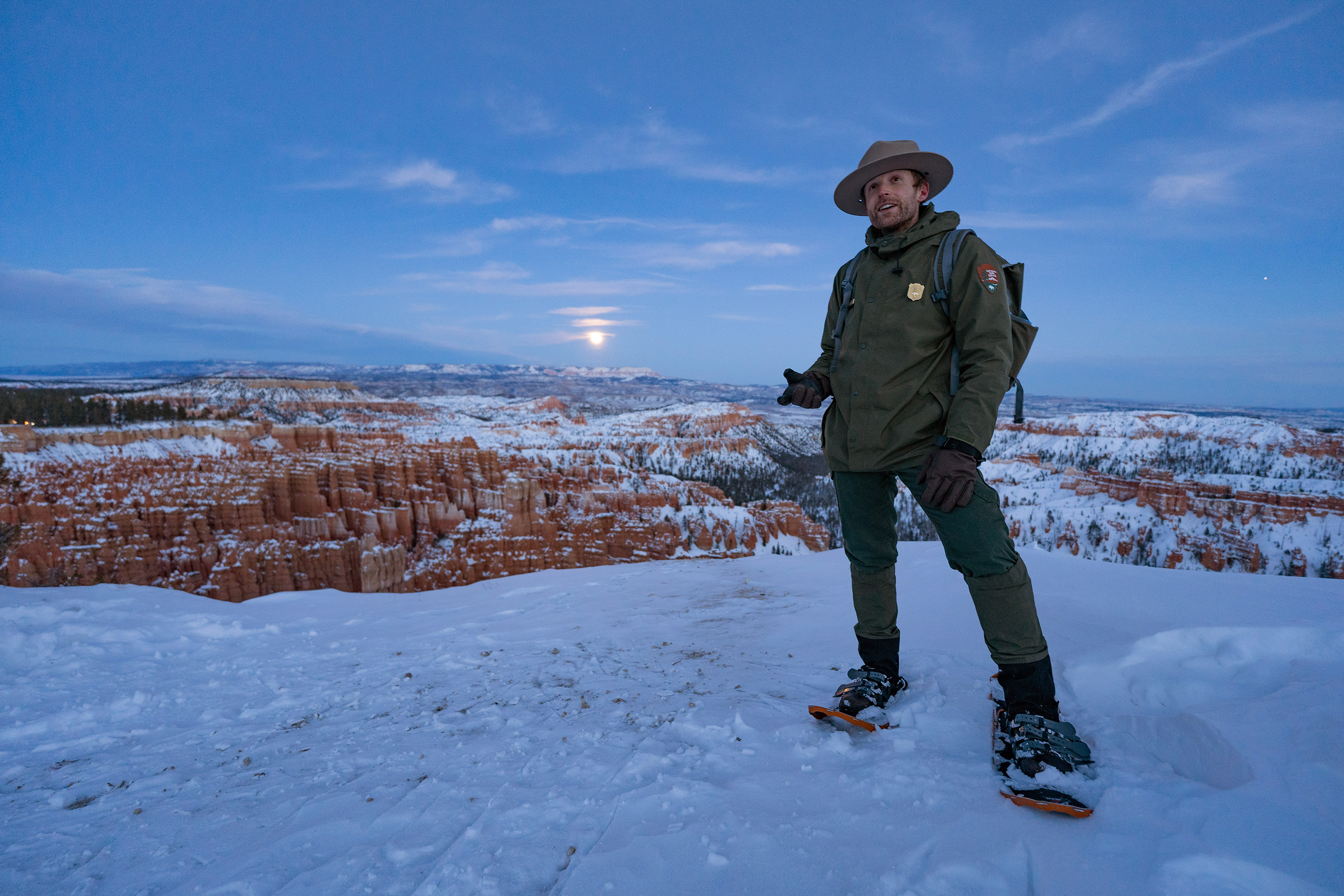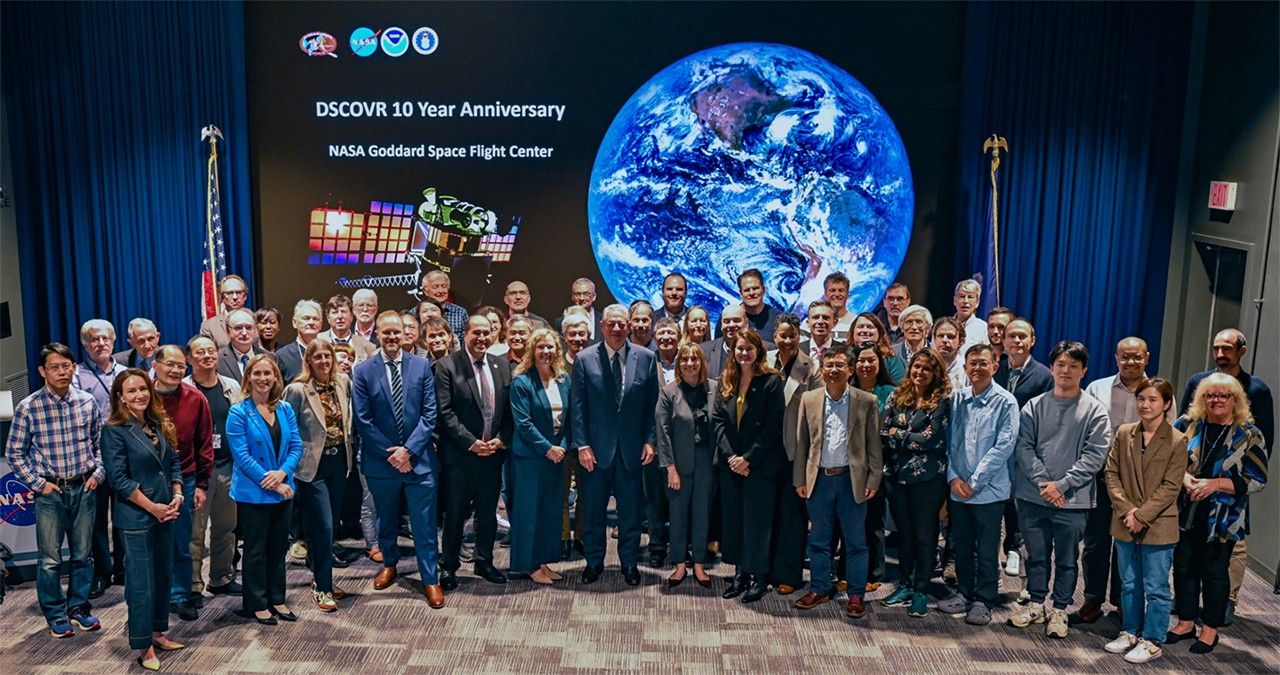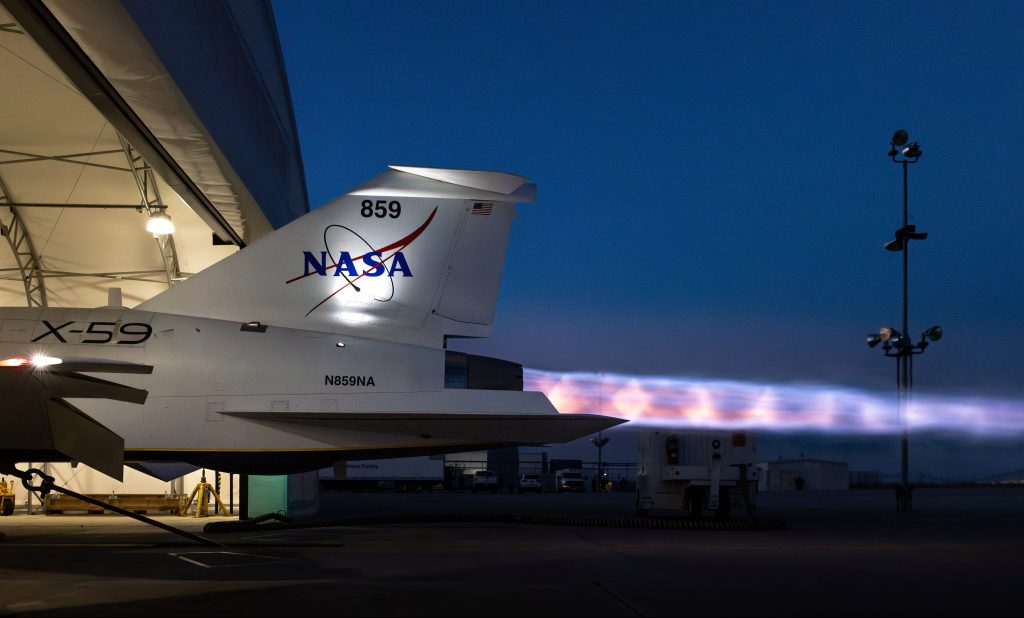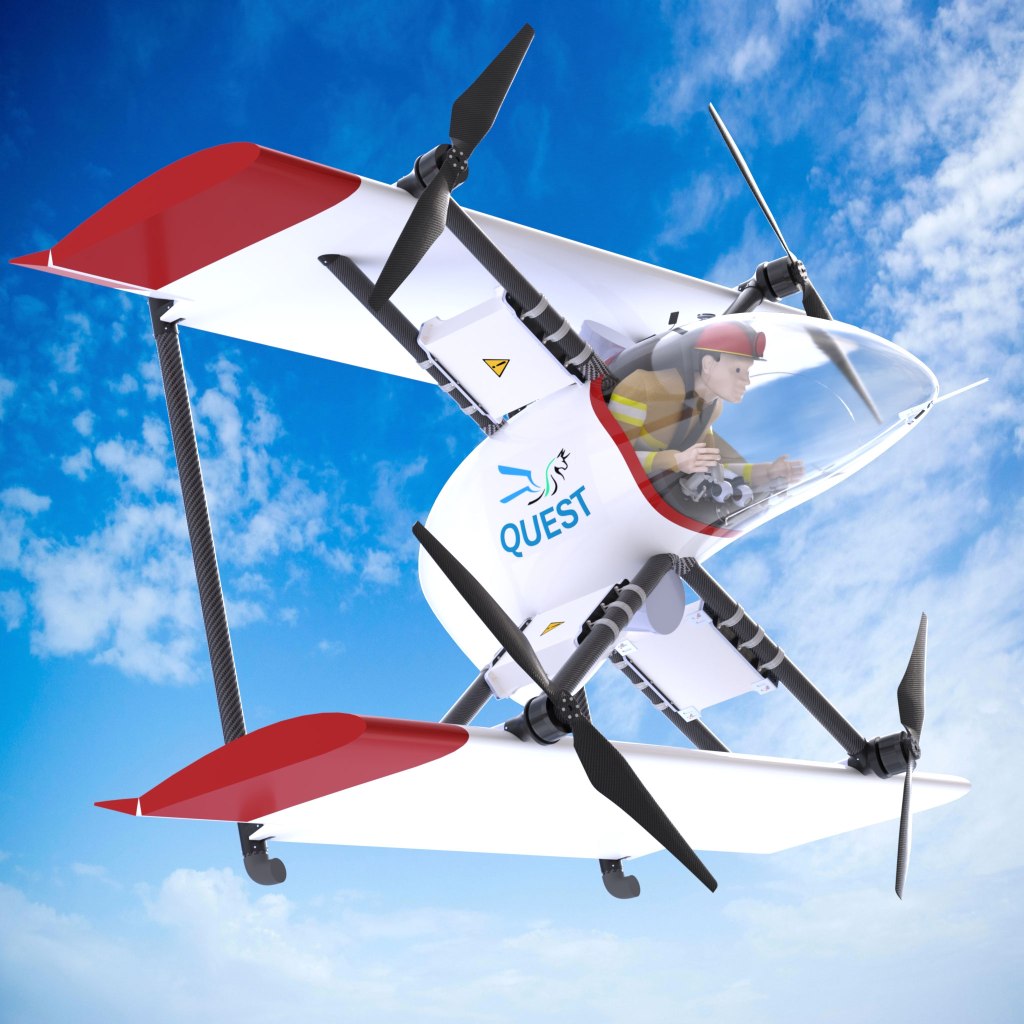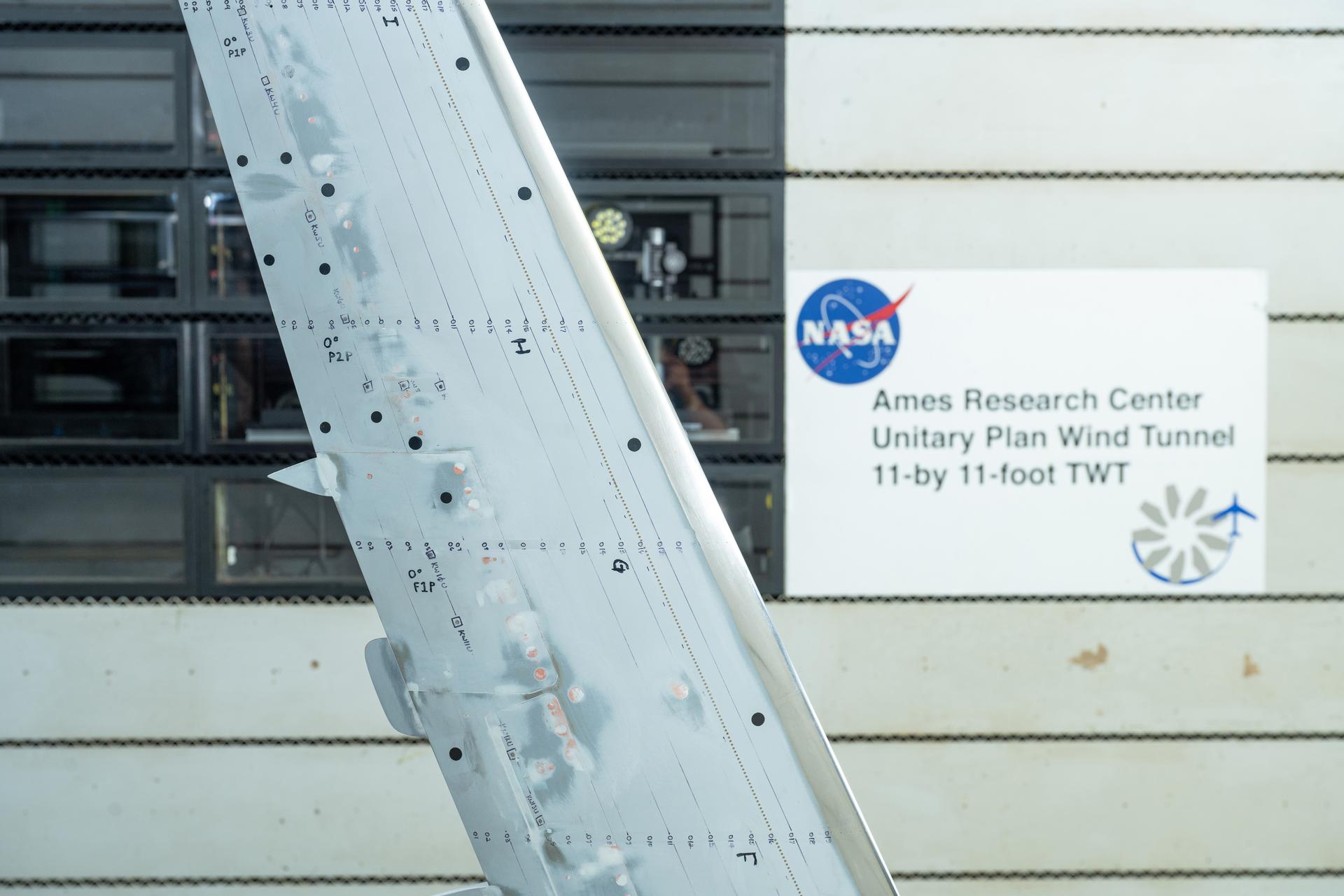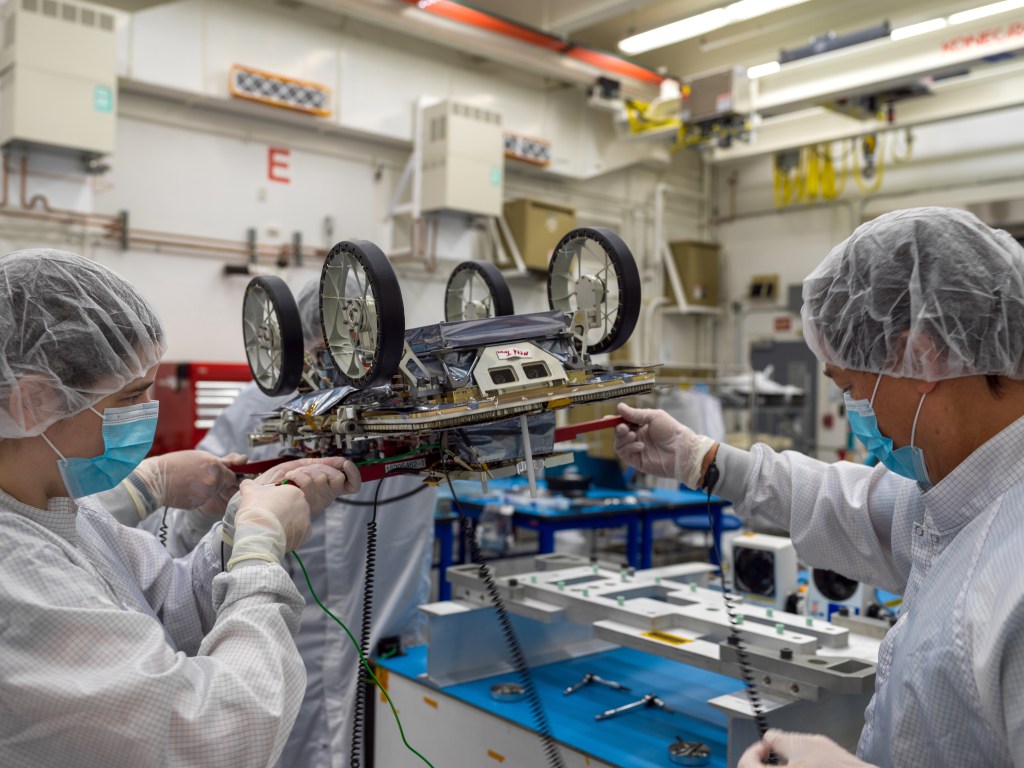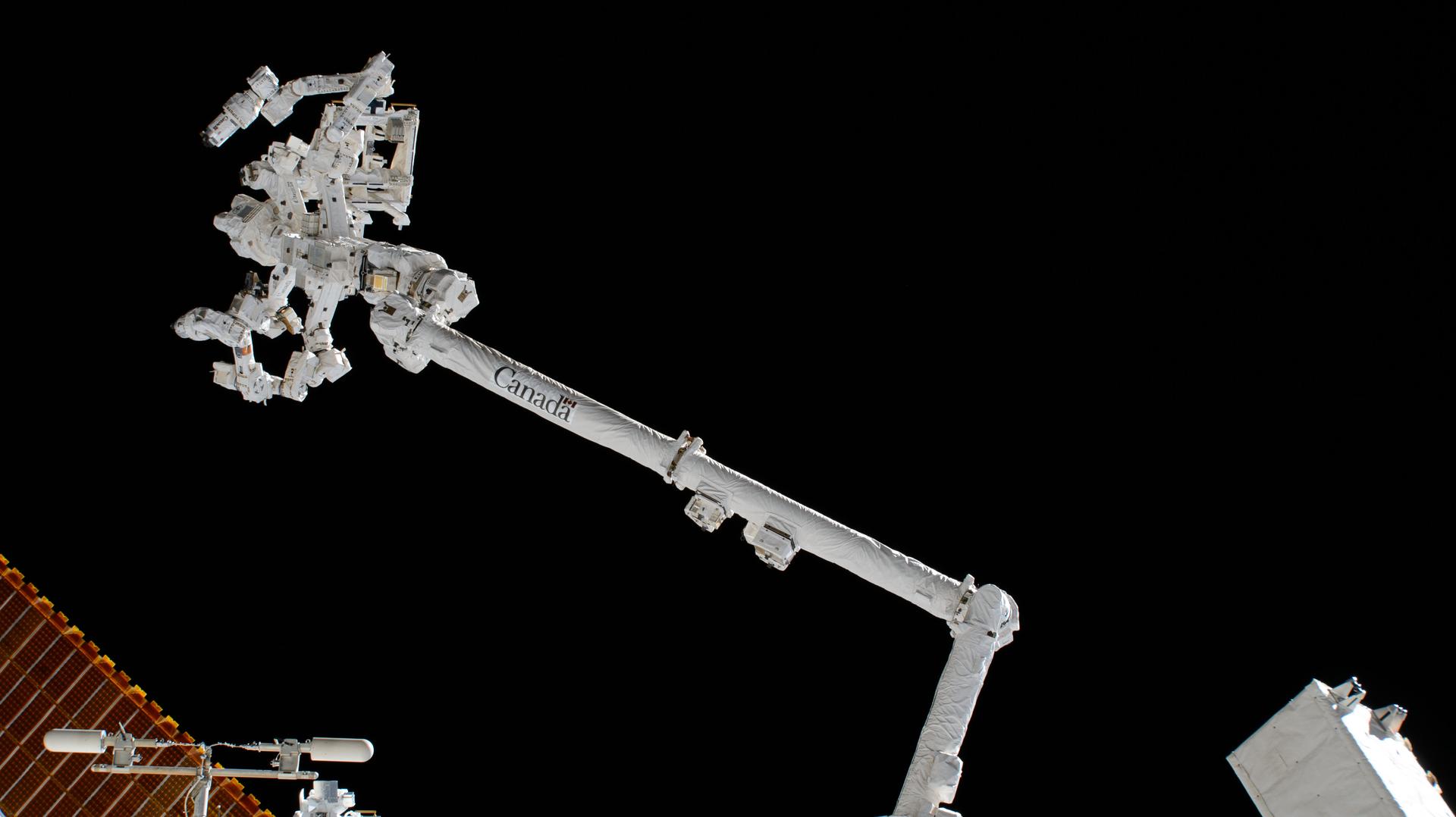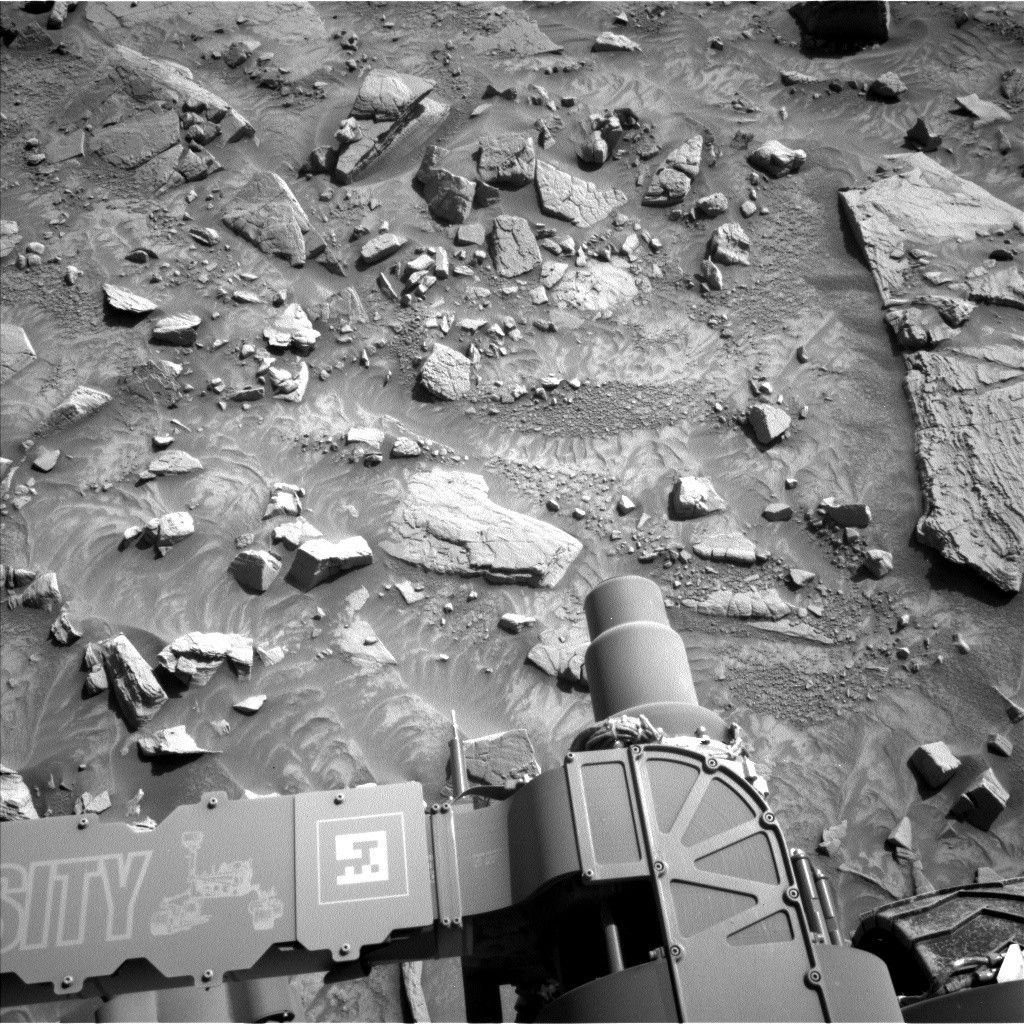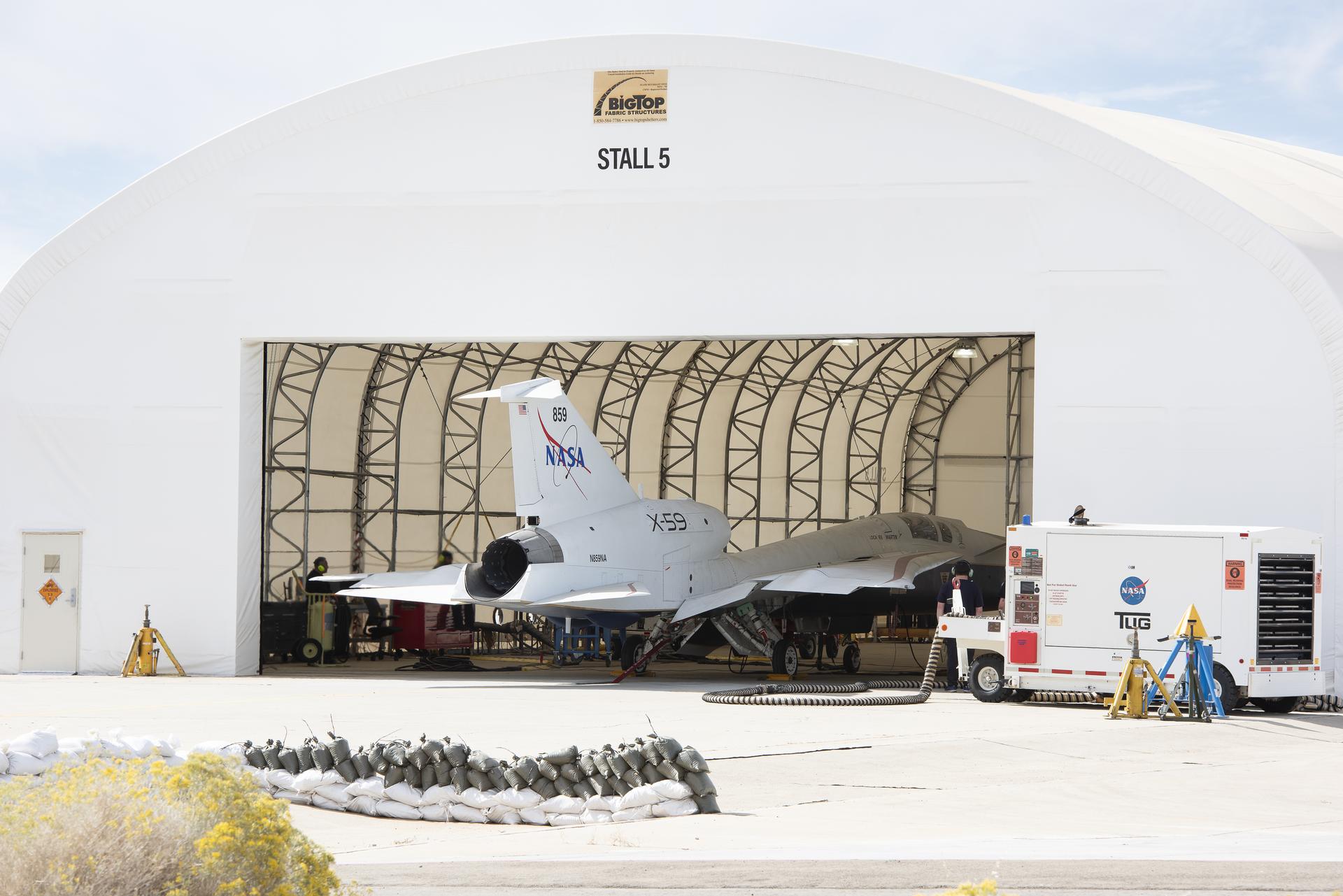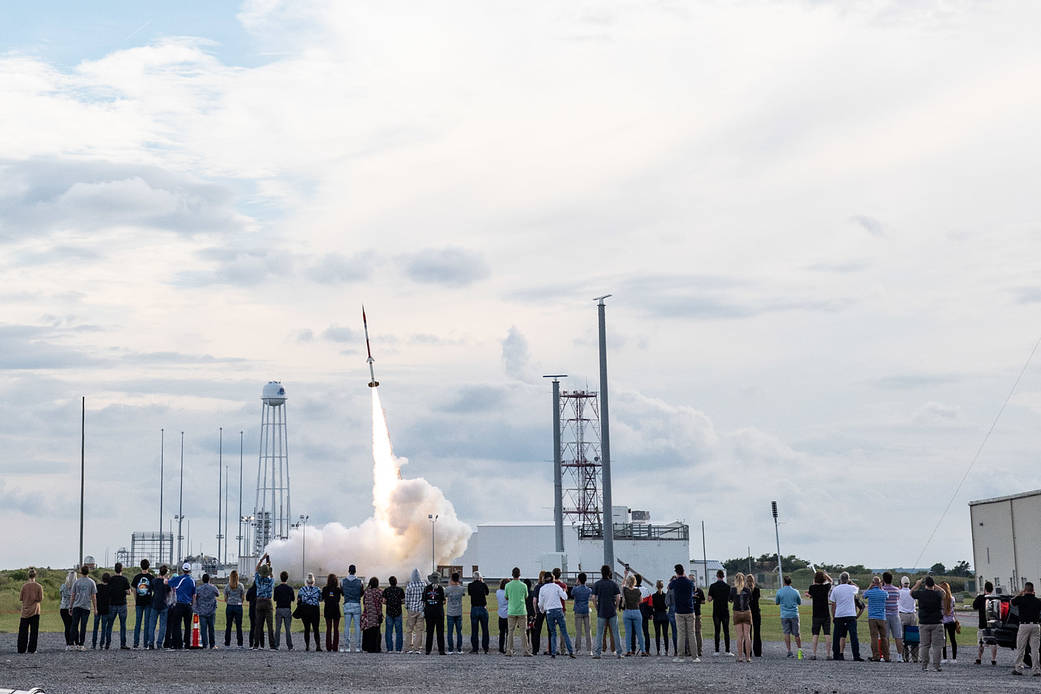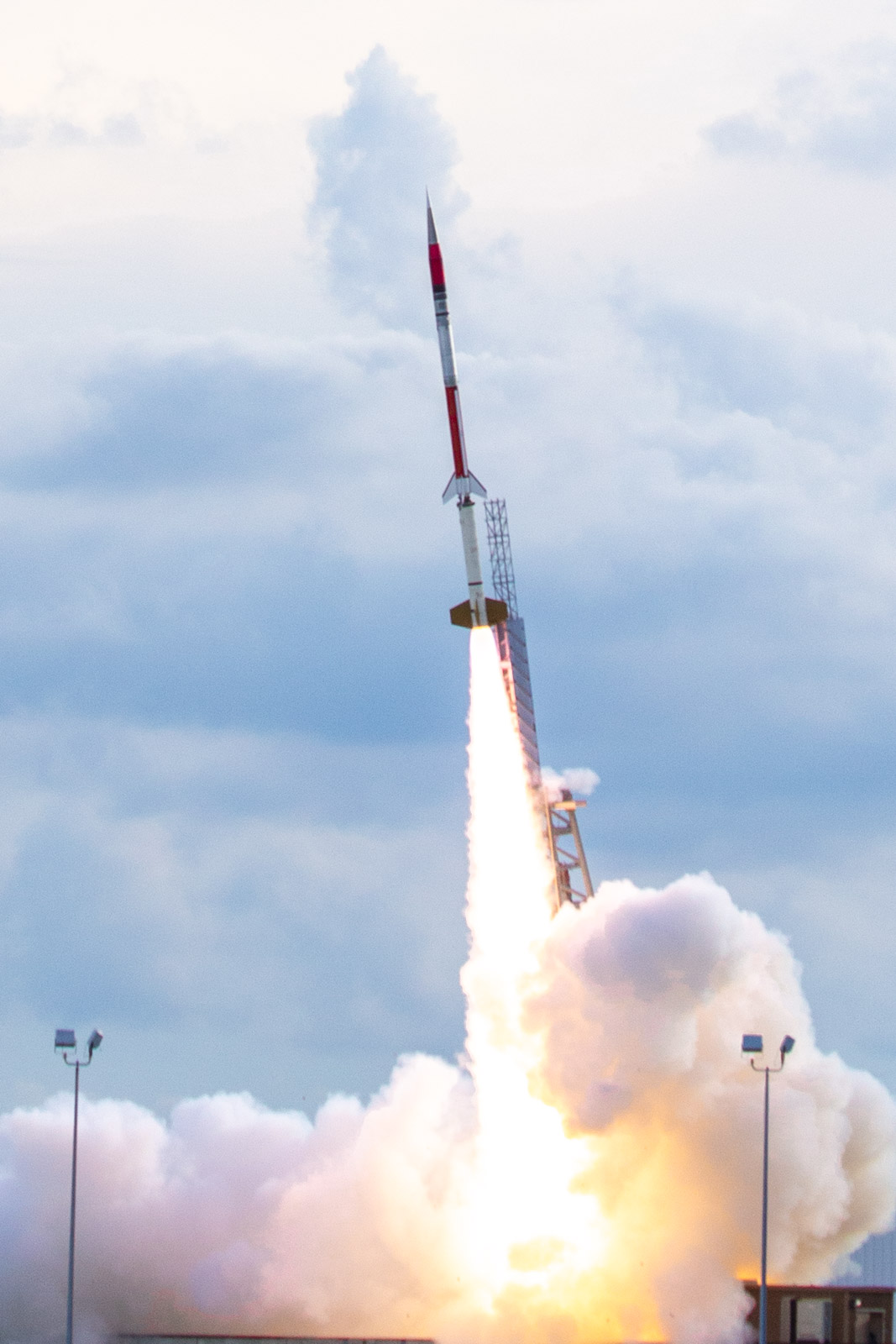University and community college students were at NASA’s Wallops Flight Facility in Virginia Aug. 11, 2022, to witness their experiments launch to space aboard a suborbital sounding rocket.
The launch, conducted at 6:09 p.m.. EDT, is part of the RockSat-X program designed for students to learn and apply skills in building experiments for space flight. Conducted with the Colorado Space Grant Consortium, RockSat-X is in its thirteenth year.
The 44-foot tall NASA Terrier-Improved Malemute rocket carried the experiments to an altitude of 99 miles before descending via a parachute and landing in the Atlantic Ocean. The experiments were recovered and will be returned to the students to begin analysis of their projects.
The student projects are focusing on technology development for sounding rockets and spacecraft. The projects include a device to help payloads descend autonomously after an electrical failure; a sublimation-fueled motor for spacecraft; machine-learning applications for space robotics; a deployable boom for capturing high-definition, 360-degree video of a rocket’s experiments; a probe for measuring electrical currents in the ionosphere; and an ejection system for returning small spacecraft to Earth.
Participating institutions in the 2022 RockSat-X flight are the Arapahoe Community College in Littleton, Colorado; Red Rocks Community College in Lakewood, Colorado; College of the Canyons in Santa Clarita, California; Virginia Tech in Blacksburg; Northwest Nazarene University in Nampa, Idaho; Windward Community College in Kāneʻohe, Hawaii; Honolulu Community College, Hawaii; and the University of Kentucky in Lexington.
The next launch from Wallops is a Terrier-Improved Malemute between 9 p.m. Aug. 22 and 1 a.m. Aug.23. The backup launch days run through Aug. 27. Called the Sporadic-E ElectroDynamics Demonstration, or SpEED Demon, mission, it will test a science instrument package to study the ionosphere.
Banner Image: Students watch as their experiments launch aboard a sounding rocket for the RockSat-X program from NASA’s Wallops Flight Facility Aug. 11, 2022, at 6:09 p.m. EDT. The Terrier-Improved Malemute rocket carried the experiments to an altitude of 99 miles before descending via a parachute and landing in the Atlantic Ocean. Credit: NASA Wallops/Terry Zaperach
Keith Koehler
Wallops Flight Facility, Wallops Island, Va.




